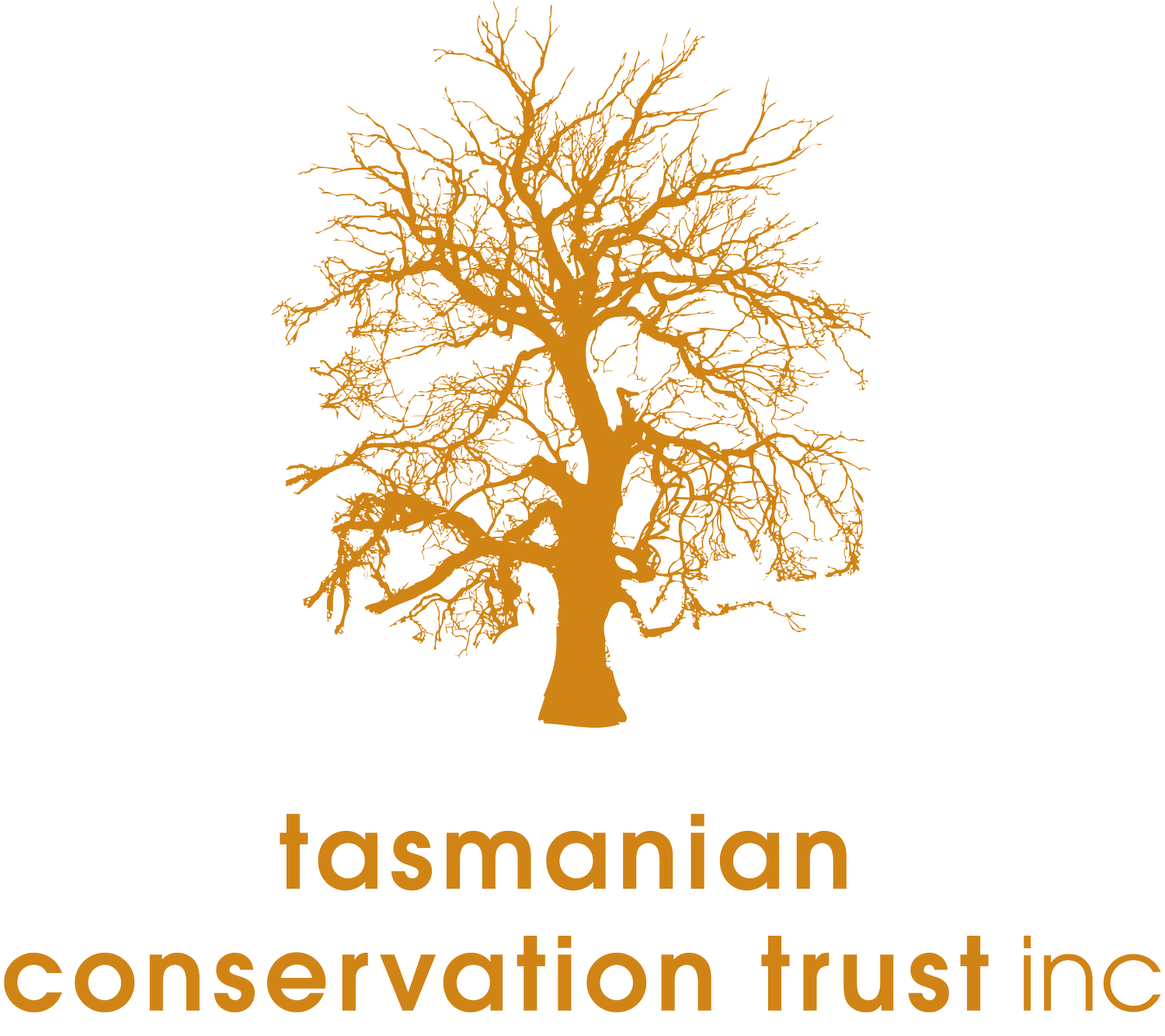Tasmania’s current approach to managing the use of agricultural and veterinary chemicals is largely based on out-of-date codes of practice from 2000 (aerial spraying) and 2001 (ground spraying) that rely on voluntary industry compliance with virtually no possibility of prosecutions for contraventions. The state government initiated a review of agricultural and veterinary chemicals management in 2008 and there were public consultation processes in April 2008 and in May 2011.
Devil Translocation to Maria Island
Tasmania Ground Zero for Toxoplasmosis
Tasmania’s ecology is now unstable – feral cats, disease in wildlife populations, climate change and habitat loss are progressively reducing the island’s biodiversity. In 1996 the Tasmanian Regional Forest Agreement documents cited research describing the Tasmanian devil population as overabundant and estimated its size at between 130,000 and 170,000 animals (an astonishing number of devils, amplified by the tens of thousands of 1080-poisoned marsupial bodies left in the bush and around farm edges).
Tasmanian birds slaughtered
Mt Wellington News
Giant Freezer Trawler may become a reality
I wrote an article for the August 2010 Tasmanian Conservationist about the renewed push to bring a large freezer trawler into Australian waters, and the threats posed by this type of factory ship to fish stocks, other marine life and the marine ecosystem. This industry proposal is now well advanced and appears to have the support from the Australian Fisheries Management Authority (AFMA).
Finally some good news on invasive species
On 17 May 2012 the state budget was delivered by the Premier and Treasurer, Lara Giddings, and there was a small but important surprise for those of us who had been waiting nearly three years for the Cat Management Act to be enacted (it was passed by the state parliament in November 2009 but has not yet commenced). In March this year, the Minister for Environment, Parks and Heritage, Brian Wightman, had finally confirmed that the act would commence on 1 July 2012 so some budget allocation was expected.
Tasmanian Devil on Maria Island
Agricultural Chemical Regulations
In November 2011 the Legislative Council threatened not to pass the new Agricultural and Veterinary Chemical (Control of Use) Regulations plus the Agricultural and Veterinary Chemical (Control of Use) Amendment Bill (the Bill is required so that many functions previously contained in the codes of practice can be incorporated into the greatly enhanced and expanded regulations).
Off-road Vehicles in the Arthur Pieman Conservation Area
For three years, the Tasmanian Parks and Wildlife Service (PWS) has been talking with stakeholders and the general public regarding the impacts of 4WDs and other vehicles on the sensitive Arthur-Pieman Conservation Area (APCA): it has hired consultants to talk with the community to do further assessments; it has summarised public comments, hold workshops to discuss concerns with the community stakeholders – but not one off-road track in the APCA has been closed. (See below, ‘Parks and Wildlife Service’s Chronology of Inaction’.
Aquaculture reform urgently needed
Action on Roadkill
Tasmania has been branded as ‘the road kill state’. An apt title considering that Tasmania has the highest incidences of wildlife roadkill in the nation (Magnus et el, 2004). An estimate 293,000 animals are killed on Tasmanian roads each year. Of those, approximately 3,000 Tasmanian devils are killed (3% of the total devil population) making roadkill the second biggest threat to the devil population after Devil Facial Tumour Disease. Examples of every species of Tasmanian native animal can be found dead on the roads: quolls, bandicoots, wedge-tailed eagles..the list goes on. Local newspapers and State government departments frequently receive comments and complaints from visitors to the state expressing concern about the amount of roadkill they have seen on Tasmanian roads.


